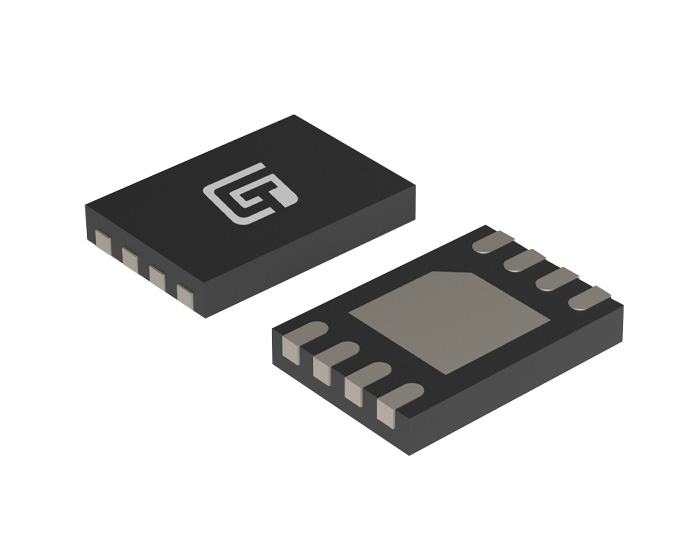What is i2c eeprom
2023-06-21
I2C EEPROM is an Electrically Erasable Programmable Read-Only Memory (EEPROM) based on the I2C (Inter-Integrated Circuit) bus protocol. It is a non-volatile memory that retains stored data after power failure.
1. I2C bus communication: I2C EEPROM communicates using the I2C bus protocol. I2C is a serial communication protocol that allows multiple devices to communicate on the same bus. This enables the I2C EEPROM to interface with other I2C compatible devices for data exchange and control.
2. Electrically erasable and programmable: Compared with traditional read-only memory (ROM), I2C EEPROM has the ability of electrically erasable and programmable. This means that data can be written into EEPROM by electrical signals, and data can be erased or reprogrammed by electrical signals. This allows the stored data to be modified and updated as needed.
3. Non-volatile storage: I2C EEPROM is a non-volatile memory, even when the power is cut off or disconnected, the stored data can still be kept. This makes it ideal for storing critical data such as configuration settings, calibration data, history, and more.
4. Storage capacity and speed: The storage capacity of I2C EEPROM can vary from a few kilobytes to several megabytes, depending on the specific model and manufacturer. At the same time, the read and write speed of I2C EEPROM is relatively slow, and the read and write operations are usually performed in units of bytes.
I2C EEPROM has a wide range of applications, including but not limited to embedded systems, electronic devices, communication devices, storage devices, sensors, and various controllers. It provides a flexible, reliable data storage solution, and its relative ease of integration with other I2C devices makes it widely used in many electronic applications.

1. I2C bus communication: I2C EEPROM communicates using the I2C bus protocol. I2C is a serial communication protocol that allows multiple devices to communicate on the same bus. This enables the I2C EEPROM to interface with other I2C compatible devices for data exchange and control.
2. Electrically erasable and programmable: Compared with traditional read-only memory (ROM), I2C EEPROM has the ability of electrically erasable and programmable. This means that data can be written into EEPROM by electrical signals, and data can be erased or reprogrammed by electrical signals. This allows the stored data to be modified and updated as needed.
3. Non-volatile storage: I2C EEPROM is a non-volatile memory, even when the power is cut off or disconnected, the stored data can still be kept. This makes it ideal for storing critical data such as configuration settings, calibration data, history, and more.
4. Storage capacity and speed: The storage capacity of I2C EEPROM can vary from a few kilobytes to several megabytes, depending on the specific model and manufacturer. At the same time, the read and write speed of I2C EEPROM is relatively slow, and the read and write operations are usually performed in units of bytes.
I2C EEPROM has a wide range of applications, including but not limited to embedded systems, electronic devices, communication devices, storage devices, sensors, and various controllers. It provides a flexible, reliable data storage solution, and its relative ease of integration with other I2C devices makes it widely used in many electronic applications.
Recommended News
-
How to Auto Run Flash in Chrome: A Guide to Managing Flash Content
2024-12月-24
-
How to Turn Off Auto Flash
2024-12月-23
-
What is the Difference Between NOR Flash and NAND Flash?
2024-12月-16
























